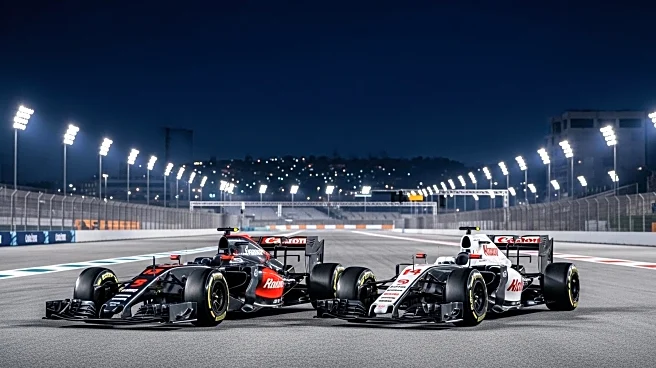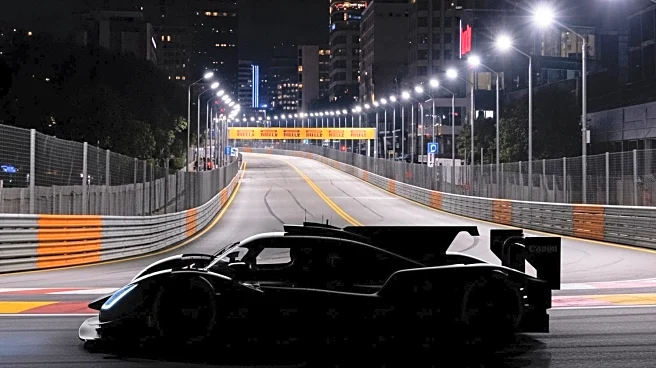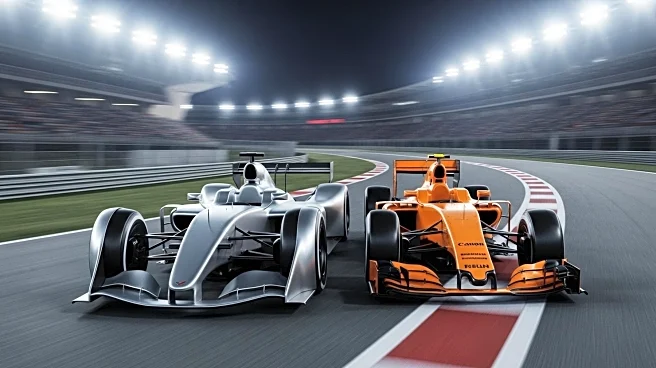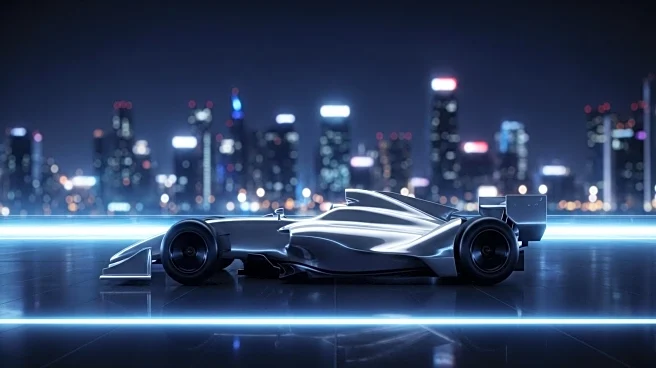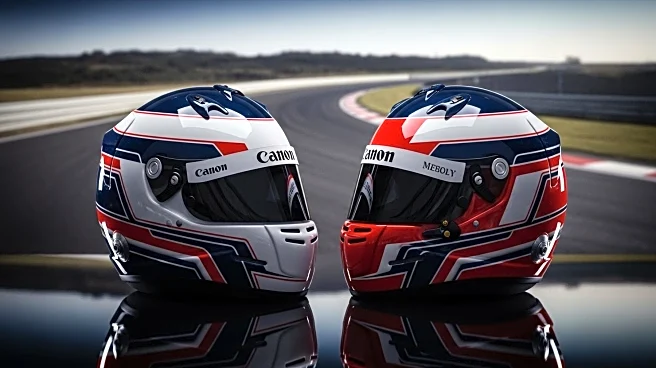What's Happening?
McLaren is conducting a detailed review of the collision between drivers Lando Norris and Oscar Piastri during the Singapore Grand Prix. The incident occurred when Norris, who is Piastri's closest title challenger, made contact with Piastri during a first-lap overtake. This reduced the gap between them to 22 points with six rounds remaining. McLaren boss Andrea Stella emphasized the need for a thorough analysis to ensure the drivers retain trust in the team. The stewards did not intervene, and McLaren rejected Piastri's request for action against Norris, citing the collision as a reaction to Norris clipping Max Verstappen's Red Bull. Stella aims to apply accuracy in the review process, considering the drivers' perspectives to maintain team unity.
Why It's Important?
The incident has significant implications for McLaren's internal dynamics and the ongoing championship battle. Maintaining trust between drivers is crucial for team performance and morale. The collision has sparked discussions about team strategy and driver autonomy, with analysts suggesting McLaren should allow more freedom in racing. The outcome of the review could influence McLaren's approach to managing driver interactions and impact their chances in the Constructors' Championship. The team's ability to handle such situations effectively is vital for their reputation and success in the competitive Formula 1 landscape.
What's Next?
McLaren plans to conduct a comprehensive review involving both drivers to form a common opinion on the incident. The team aims to resolve any tensions and come back stronger for the upcoming United States Grand Prix. The review process will include detailed conversations to ensure a united front and prevent similar incidents in the future. The team's response and strategy adjustments will be closely watched by stakeholders and fans, as they could affect the championship race and McLaren's standing in Formula 1.
Beyond the Headlines
The collision highlights the ethical and strategic challenges teams face in balancing competitive racing with team harmony. It raises questions about the role of team orders and driver independence in high-stakes competitions. The incident could lead to long-term shifts in how teams manage driver relationships and race strategies, influencing the broader culture of Formula 1.

